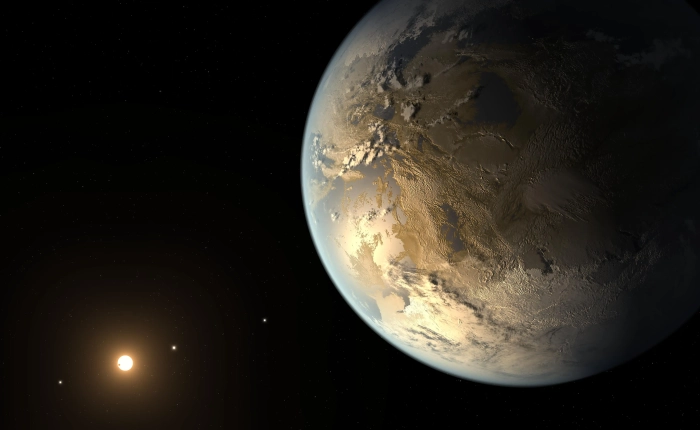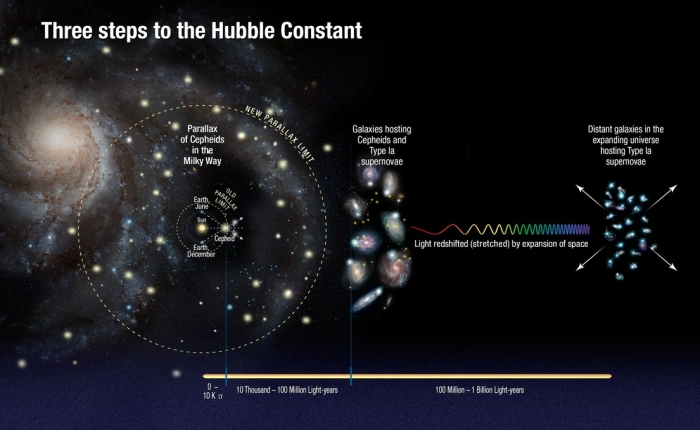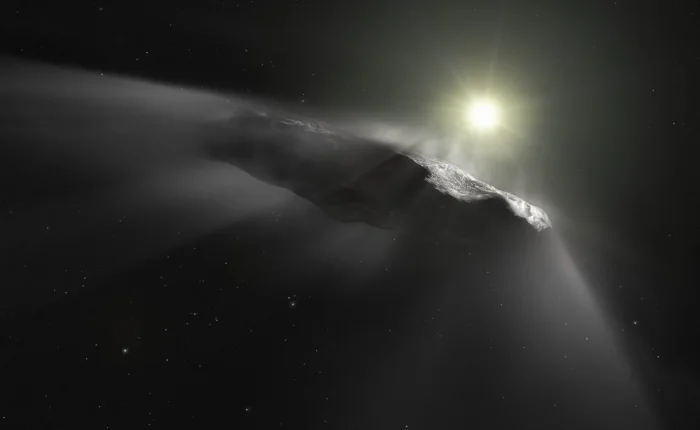This week’s episode picked up a series that I began long ago but then left untouched! Voices of the Future was intended to pay tribute to seminal thinkers and scientists who showed great insight and made some profound predictions about humanity’s future. The first installment was dedicated to the late and great Arthur C. Clarke. This week’s episode was dedicated to the man who literally wrote the book that made people “take science fiction seriously” – Frank Herbert!
In 1965, Frank Herbert released his best-known work, Dune. Over the next twenty years, he produced five sequels and died just a year after the release of the last installment: Chapterhouse: Dune. While much has been said about Frank’s social, political, philosophical, and historical commentary, what stands out for me all the years later was his predictions about humanity and AI. This was summarized in the event referred to as the “Butlerian Jihad,” which is part of the story’s deep background.
It was this event, which led to the Great Convention and its ban on AI, computers, and automation of any kind, that led to the power structure of the Imperium – with its absolute monarchy, feudal barons, religious proscriptions, and constant machinations and treachery. Basically, Frank appeared to present the Johad as something inevitable, which would have inevitable consequences. This nuance is completely lost in the prequels/sequels authored by his son and Kevin J. Anderson, who instead presented the Jihad as a cliche, humans vs. machines story.
This commentary and contrast are especially important today, amid fears about the development of AI and the often inarticulate (IMHO) existential concerns about it. Check the episode out below to hear more.
Where to Listen:












